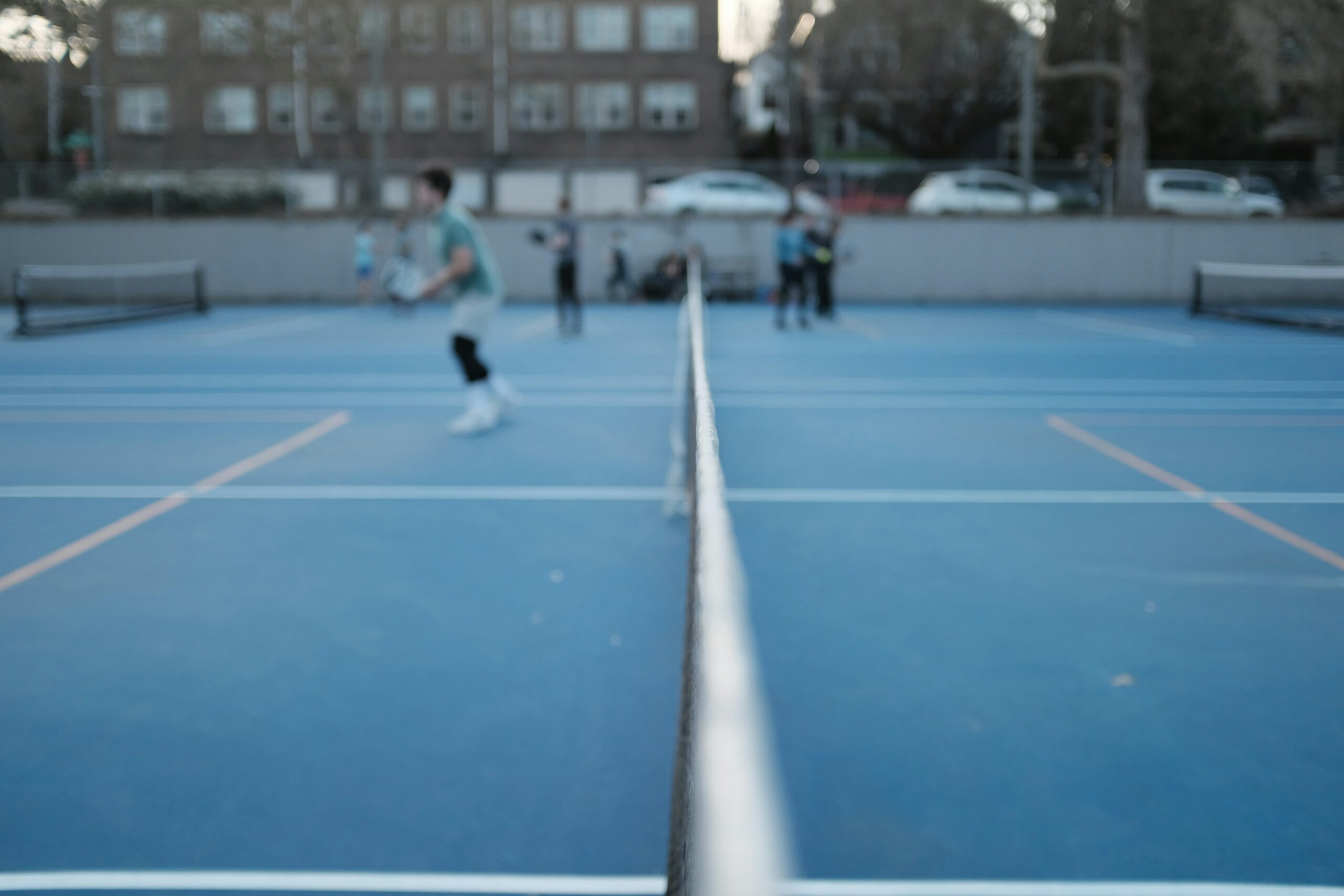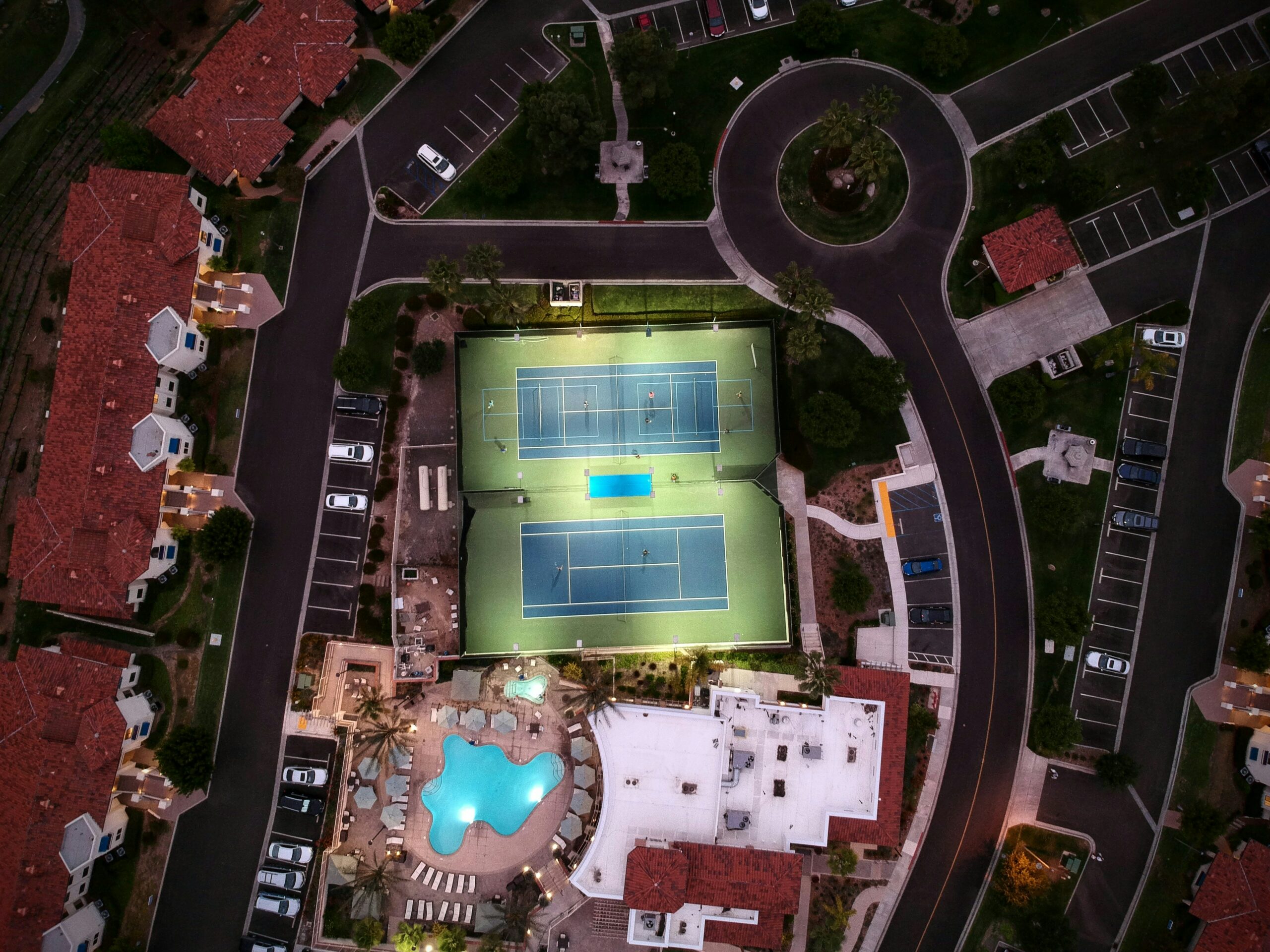Whether you’re new to pickleball or an experienced player looking to take your game to the next level, there’s always room for improvement. Pickleball may seem simple at first glance, but the sport offers plenty of depth and strategy for those who want to master it. To help you elevate your skills, we’ve gathered some expert tips from seasoned pros. From refining your technique to developing a winning mindset, here’s how you can improve your pickleball game.
1. Master the Basics: Perfect Your Strokes
Before diving into advanced techniques, it’s essential to master the basic strokes. Consistency is key, and the pros emphasize the importance of having reliable, repeatable shots.
Forehand and Backhand
- Tip: Focus on a smooth, controlled swing. Pros recommend keeping your wrist firm and using your entire arm to guide the paddle. Aim to hit the ball at the peak of its bounce for better control.
- Practice: Spend time hitting forehand and backhand shots against a wall or with a partner. Repetition will help you develop muscle memory, leading to more consistent shots during games.
Serve
- Tip: A strong serve can set the tone for the rally. Pros advise practicing different types of serves, including deep, angled, and spin serves, to keep your opponents guessing.
- Practice: Develop a pre-serve routine to ensure consistency. Focus on hitting the ball low and deep into your opponent’s service box.
2. Develop a Solid Dinking Game
Dinking—hitting soft shots that land in the opponent’s kitchen (non-volley zone)—is a crucial aspect of pickleball. A well-executed dink can force your opponent into making a mistake, setting you up for a winning shot.
Tip:
- Pros recommend using a gentle, controlled motion when dinking. The goal is to keep the ball low over the net, making it difficult for your opponent to attack.
- Stay patient during dink exchanges, and resist the temptation to go for a hard shot unless you see a clear opening.
Practice:
- Set up a drill with a partner where you both focus on dinking back and forth. Try to maintain long rallies without hitting the ball too high. This will help you develop the touch and control needed for an effective dink game.
3. Improve Your Footwork and Positioning
Good footwork and positioning are essential for success in pickleball. Being in the right place at the right time allows you to make better shots and reduces the chances of being caught off guard.
Tip:
- Pros suggest staying on the balls of your feet, ready to move quickly in any direction. Keep your knees slightly bent and your body balanced to react quickly to your opponent’s shots.
- When playing doubles, communication with your partner is crucial. Maintain a consistent distance from your partner, and avoid leaving gaps in your defense.
Practice:
- Work on footwork drills that involve lateral movements, quick pivots, and sprints to the net. Incorporating agility exercises into your routine will improve your on-court mobility.
4. Learn to Play Smart: Strategy and Shot Selection
Pickleball is as much a mental game as it is a physical one. Understanding strategy and making smart shot selections can give you a significant edge over your opponents.
Tip:
- Pros recommend playing to your strengths while exploiting your opponent’s weaknesses. For example, if your opponent has a weak backhand, target that side more often.
- Vary your shots to keep your opponent off balance. Mix in dinks, lobs, drives, and drops to create uncertainty and force errors.
Practice:
- Spend time analyzing your opponents during warm-ups or early in the game. Identify patterns in their play and adjust your strategy accordingly.
- Engage in practice matches where you focus on implementing specific strategies, such as targeting your opponent’s weaker side or controlling the pace of the game.
5. Strengthen Your Mental Game
Mental toughness is a hallmark of successful pickleball players. Staying focused and positive, even during challenging matches, can make all the difference.
Tip:
- Pros emphasize the importance of staying calm under pressure. Take deep breaths and focus on the next point, rather than dwelling on mistakes.
- Develop a pre-match routine to help you get into the right mindset. This could include visualization techniques, where you imagine yourself playing well, or simple rituals that help you stay calm and centered.
Practice:
- Simulate match conditions during practice, including playing under pressure situations like match points or tiebreakers. The more you expose yourself to high-pressure scenarios, the better you’ll handle them in actual matches.
6. Incorporate Fitness and Conditioning
To play pickleball at a high level, you need to be in good physical shape. Fitness and conditioning play a crucial role in your ability to maintain a high level of performance throughout a match.
Tip:
- Pros recommend a balanced fitness routine that includes cardio, strength training, and flexibility exercises. Focus on exercises that improve your endurance, core strength, and agility.
- Don’t forget to incorporate stretching and mobility work into your routine. Staying flexible can help prevent injuries and improve your range of motion on the court.
Practice:
- Include interval training, such as sprints or shuttle runs, in your workout routine to mimic the stop-and-start nature of pickleball.
- Engage in strength training exercises that target key muscle groups, such as squats for leg strength, planks for core stability, and shoulder presses for upper body strength.
7. Watch and Learn from the Pros
One of the best ways to improve your game is by watching how the pros play. Study their techniques, strategies, and how they handle different situations on the court.
Tip:
- Pros suggest watching professional matches with a critical eye. Pay attention to how top players move, their shot selection, and how they adapt to their opponents’ play styles.
- Try to incorporate elements of their game into your own. Whether it’s a specific serve, a footwork pattern, or a mental approach, there’s always something you can learn from the best.
Practice:
- Watch match footage and try to emulate the techniques you observe during your practice sessions. This will help you internalize what you’ve learned and apply it in your own matches.
Conclusion
Improving your pickleball game takes time, dedication, and a willingness to learn. By focusing on the tips from the pros—whether it’s mastering your strokes, enhancing your footwork, or developing your mental toughness—you can elevate your play and gain a competitive edge. Remember, pickleball is not just about physical skills; it’s also about strategy, mental focus, and a deep understanding of the game. So grab your paddle, hit the court, and start putting these tips into practice. With consistency and determination, you’ll see significant improvements in your pickleball game. Happy playing!

